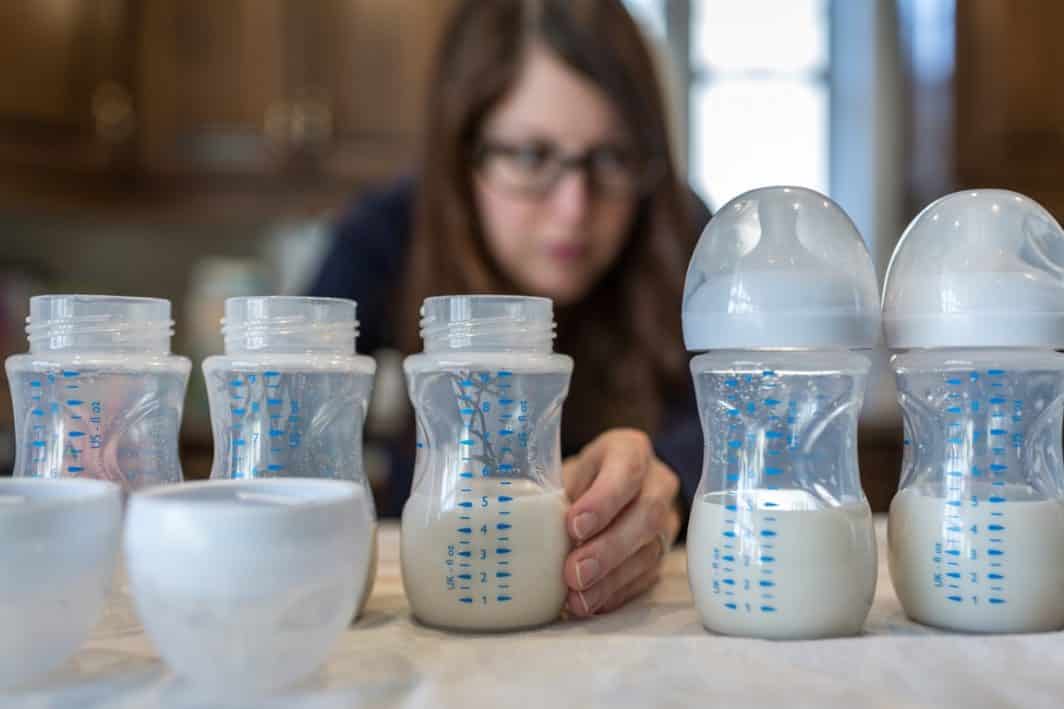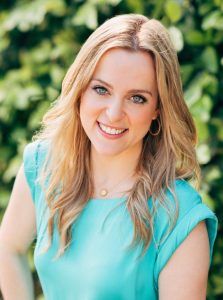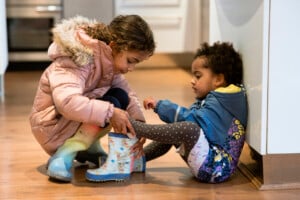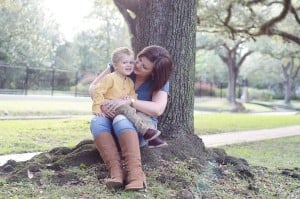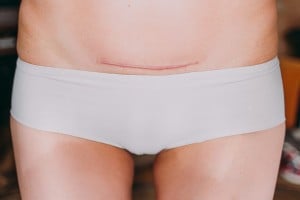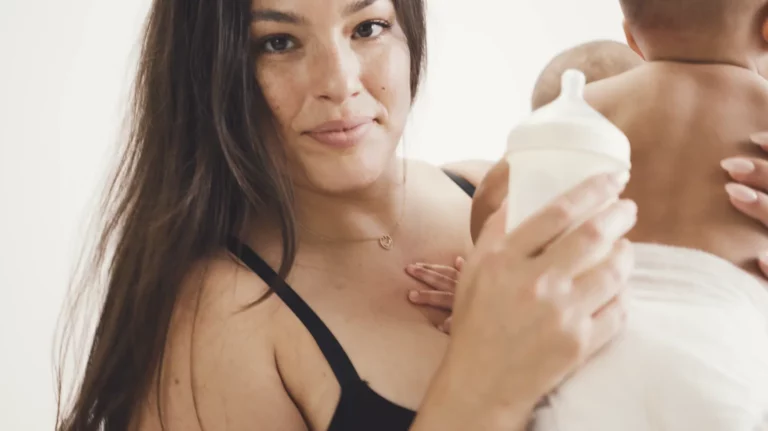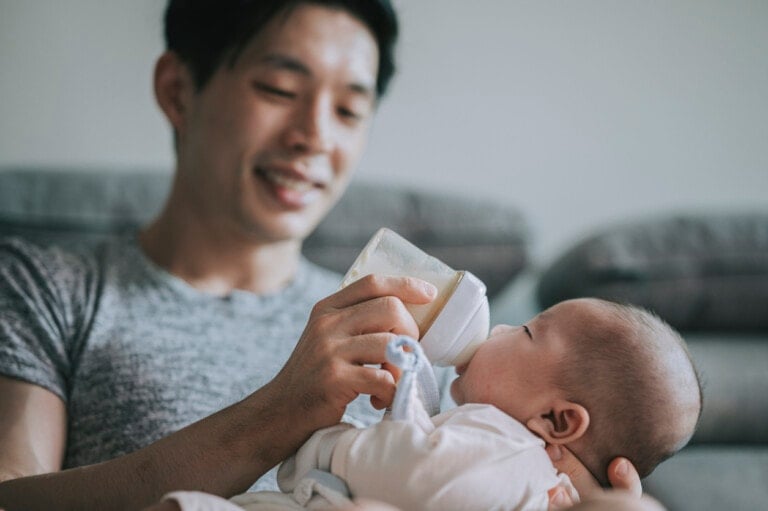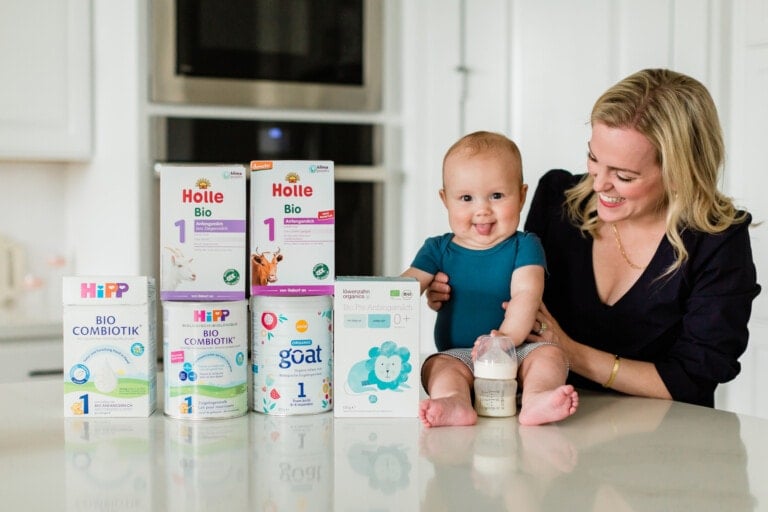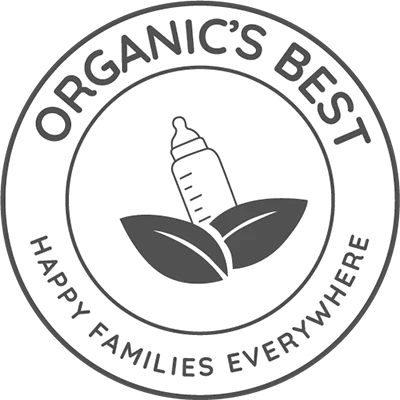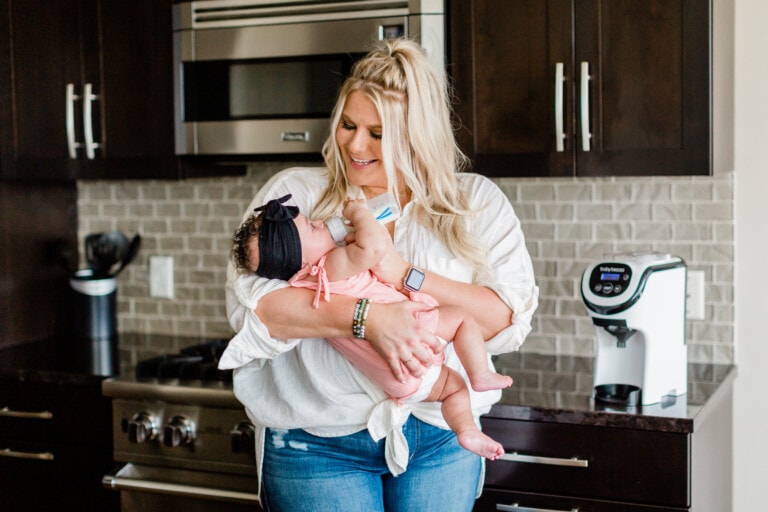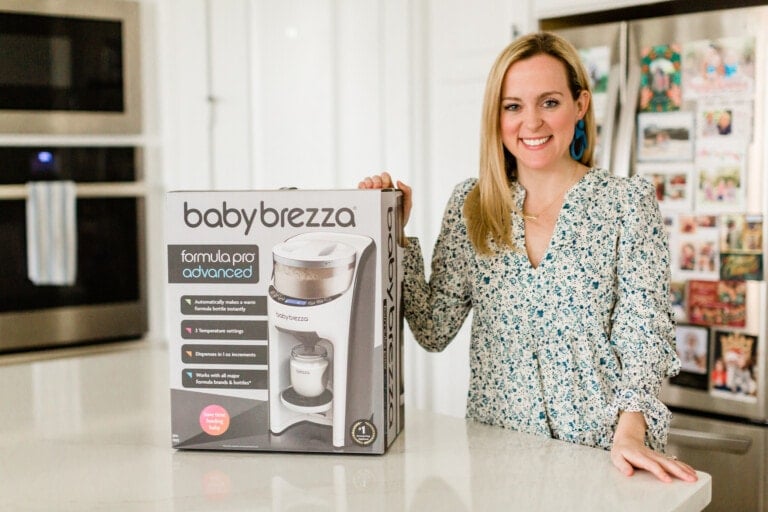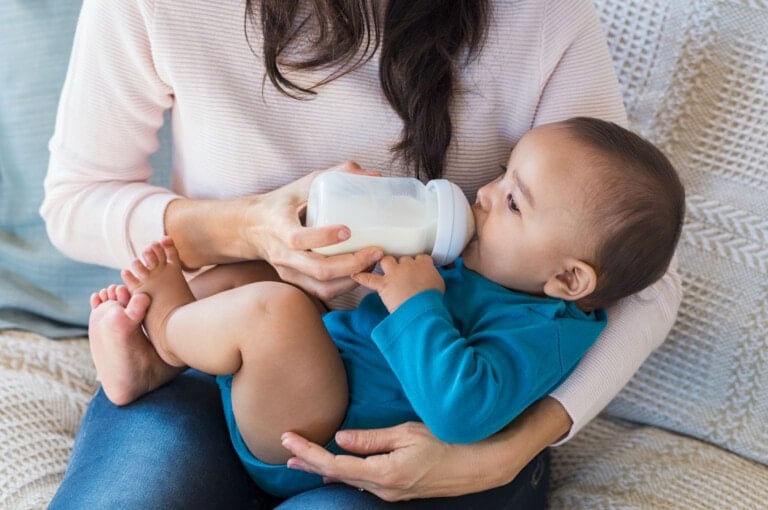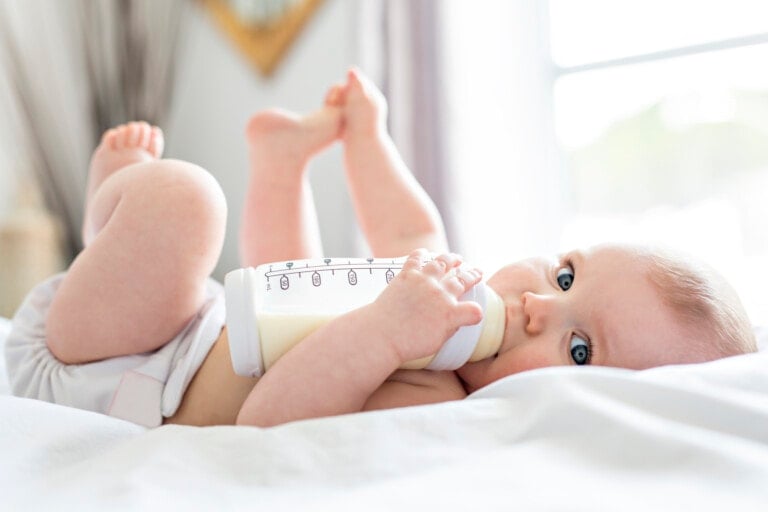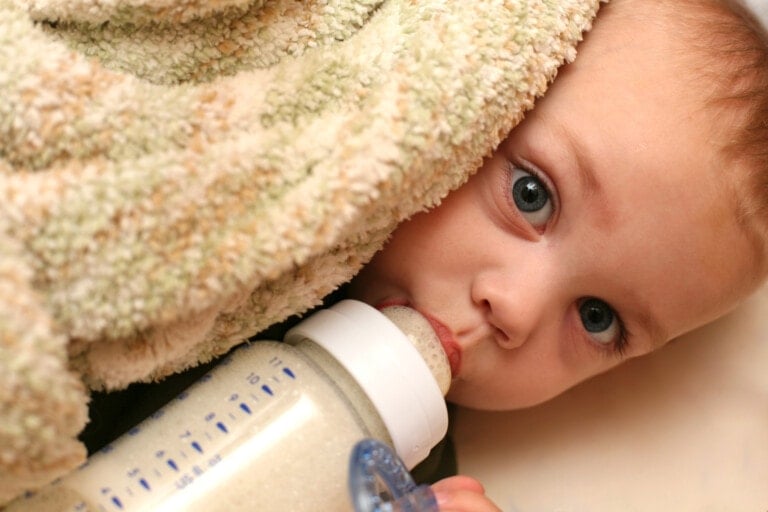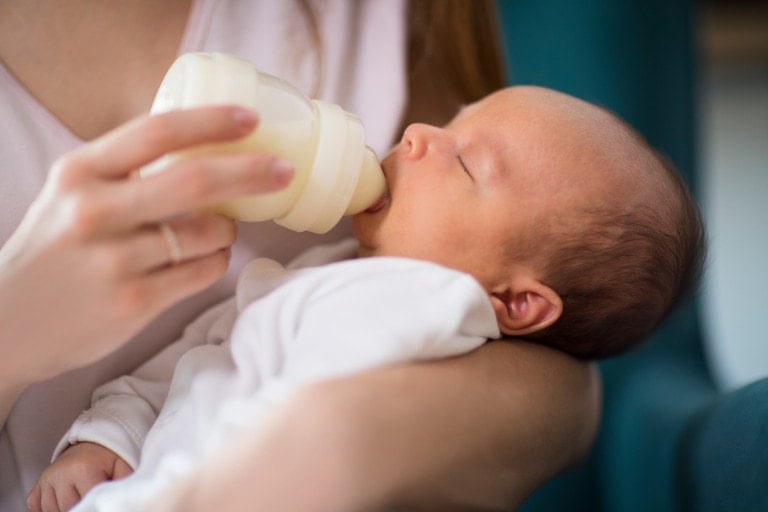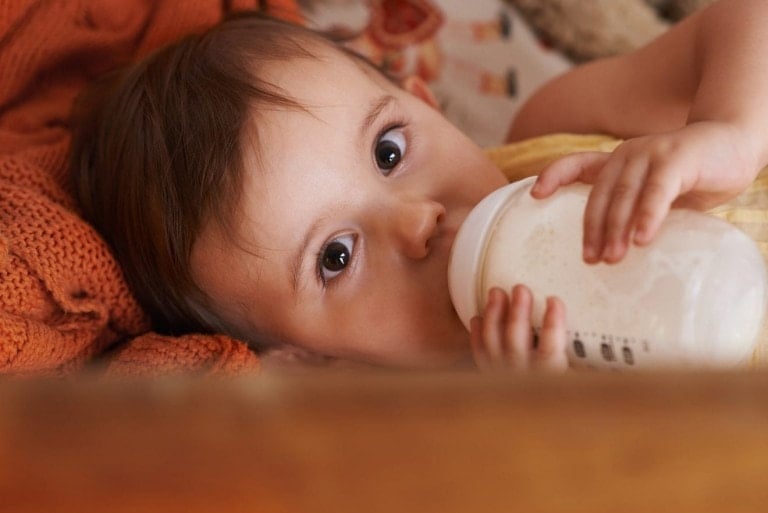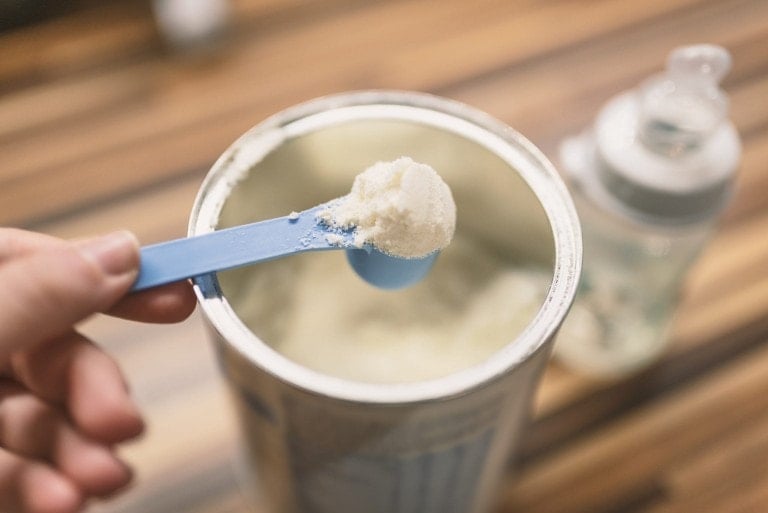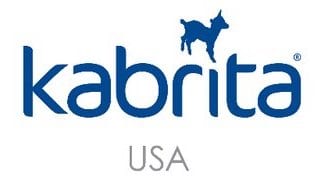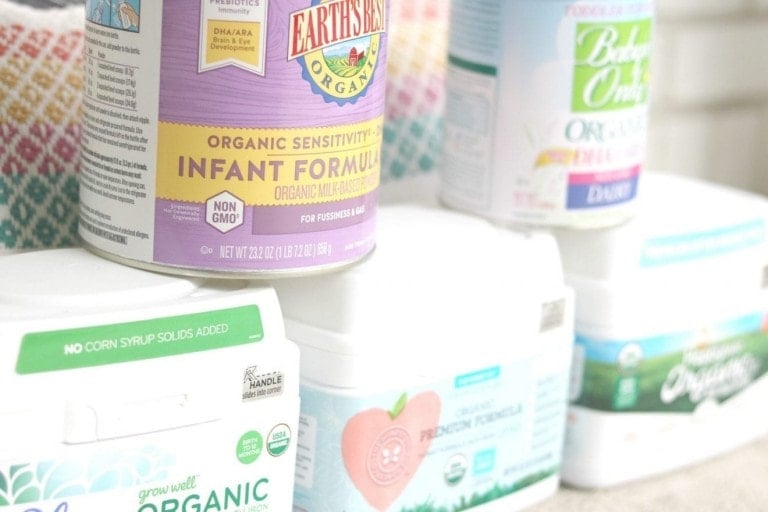Whether you have decided to breastfeed or bottle-feed your baby, it’s always a good idea to know how to prepare formula properly. You never know if you will ever need to prepare a bottle for your baby. Even some breastfeeding moms have experienced a time when they needed to supplement and use a little formula. Unfortunately, many people do not prepare formula correctly, mainly because they just don’t know the correct way! Once you have spoken with your pediatrician and have chosen the right formula for your baby, it’s important to learn these steps to ensure proper nutrition and avoid any issues and illnesses.
Before you get started when you’re purchasing your baby’s formula, be sure to look for an expiration date on the formula container. You want to be positive that you are NOT buying or using outdated infant formula. And you also want to check the condition of the formula container. Do NOT buy or use formula from containers with bulges, dents, leaks, or rust spots. Formula in a damaged container can be unsafe for your baby.
Also, wash your hands thoroughly when you’re beginning these steps to prepare your baby’s formula. This should be done for at least 20 seconds with soap and warm water4. Now you are ready to begin!
1. Prepare your baby’s bottle(s)
The first thing you want is a cleaned, sterilized bottle and bottle parts. If you’re not sure how to sterilize them, here are some options:
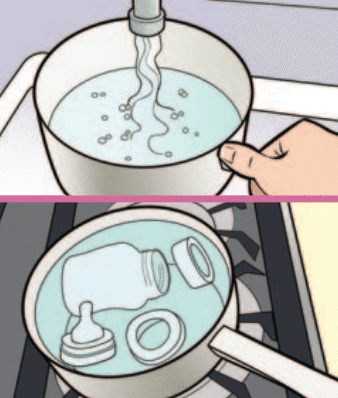
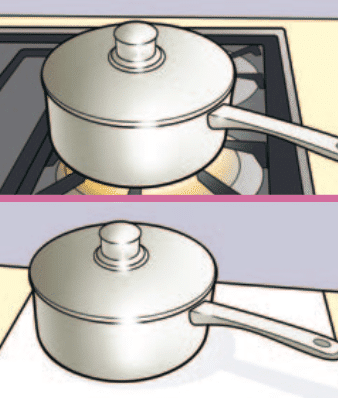
- Get a large pot and boil the bottle and accessories (nipples, caps, rings) in water for five minutes. Use a large pot to hold all the pieces and submerge them entirely with water. Remove the pieces from the water using a clean set of tongs. Allow the pieces to air-dry.
- Use sterilizing bags or a sterilizer container to sanitize the bottles and parts. Allow them to air-dry.
- Use your dishwasher. You may also consider getting a dishwasher-safe basket to hold the utensils.
You don’t have to sterilize the bottles and accessories every time you use them. Once they have been sterilized, wash them with soap and warm water and allow them to air-dry. Bottle and nipple brushes can help you clean those hard-to-reach nooks and crannies.
Prepare as many bottles as you will use within 24 hours, or prepare a glass bottle or a safe blender bottle with a cap that can hold the day’s worth of feedings. (Since prepared formula is only good for 24 hours in the fridge)1.
2. Preparing the water and formula
If using powdered formula, you’ll need to add water to the bottle. Follow the manufacturer’s instructions for how much water to use. Typically it is 2 oz of water per scoop of powdered formula, but, again, check the instructions on the back of the formula can/bottle to be sure. Some families try to stretch out their baby’s formula by adding more water than recommended to save money, but I highly discourage this. Adding too little water can tax your baby’s kidneys and cause dehydration. Adding too much water will deprive your baby of the calories and nutrients he needs, and not getting enough calories regularly can cause stunted growth and failure to thrive, so make sure that you are adding the correct amount of both5.
You can use any clean water — tap or bottled — to prepare liquid-concentrate or powdered formula. If you’d like to use tap water but you’re concerned about the safety of your water supply, consider sterilizing the water before adding it to the bottle:
- Use cold tap water.
- Let the cold water run for as long as it takes to get as cold as it gets — up to two minutes. This helps reduce the amount of lead and other contaminants in the water.
- Pour the cold water into a clean pan and boil it for one to two minutes.
- Let the water cool.
Once you have done that, you can pour the required amount of water into your glass bottle or a safe blender bottle, or you can already start mixing in the right amount of formula to that measured amount of water to have it ready for the bottles. Make sure to double-check your math to guarantee you have the right amount of both water and formula.
3. Measuring the formula
According to the Mayo Clinic, here are the best ways to measure all types of formulas2.
Ready-to-use formula:
- Shake the container of formula well before opening it.
- Pour enough formula for one feeding into a clean bottle.
- Use only formula — don’t add water or any other liquid.
- Attach the nipple and cap and shake well.
Liquid-concentrate formula:
- Shake the container of formula well before opening it.
- Pour the amount of formula for one serving into the bottle, which already contains the appropriate amount of water.
- Attach the nipple and cap and shake well.
Powdered formula:
- Use the scoop that came with the formula container. Make sure the scoop is dry.
- Determine the amount of formula you want to prepare, following instructions on the package. Note the number of scoops you’ll need.
- Fill the scoop with powdered formula, shaving off any excess formula from the top of the scoop with the flat side of a knife — not a spoon or other curved surface.
- Pour the scoop or scoops into the bottle or pot containing the appropriate amount of water.
- Attach the nipple and cap and shake well.
4. Warming the formula
Many families like to warm the formula for their babies before they eat, but I want to mention that it is fine to give your baby room temperature or even cold formula2. Not feeding your baby warm formula won’t harm them. If your baby prefers warm formula:
- Place a filled bottle in a bowl or pan of hot, but not boiling, water, and let it stand for a few minutes — or warm the bottle under running water. You could also purchase a bottle warmer. There are several options available at stores and online.
- Shake the bottle after warming it.
- Turn the bottle upside down and allow a drop or two of formula to fall on your wrist or the back of your hand to test the temperature to ensure it’s not too hot or still cold.
- The formula should feel lukewarm — not hot.
I’ve mentioned this many times before, but DON’T warm bottles in the microwave! The formula might heat unevenly, creating hot spots that could burn your baby’s mouth3.
Shake the bottle well and feed the formula to your baby immediately. Discard any formula that remains in the bottle after a feeding. The combination of infant formula and your baby’s saliva can cause bacteria to grow. Be sure to clean and sanitize the bottle before its next use1.
5. Safely storing your baby’s formula
Store unopened formula containers in a cool, dry place. Don’t store formula containers outdoors or in a car or garage, where temperature extremes can affect the quality of the formula.
If using a ready-to-use formula, cover and refrigerate any leftover formula from a freshly opened container. If you do not start to use the prepared infant formula within 2 hours, immediately store the bottle in the fridge and use it within 24 hours. Be sure to discard any leftover formula that’s been in the refrigerator for more than 24 hours1.
If you prepare and fill several bottles of liquid-concentrate or powdered formula at once:
- Label each bottle with the date that you prepared the formula.
- Refrigerate the extra bottles until you need them — don’t freeze them.
- Put the bottles toward the back of the refrigerator, where it’s coldest.
- Discard any prepared formula that’s been in the refrigerator for more than 241.
If you’re unsure whether a particular container or bottle of formula is safe, I recommend throwing it out.
Last thing, two products that I love for formula feeding moms are the PopYum Baby bottle and the Baby Breeza Formula Pro. You will love them!!
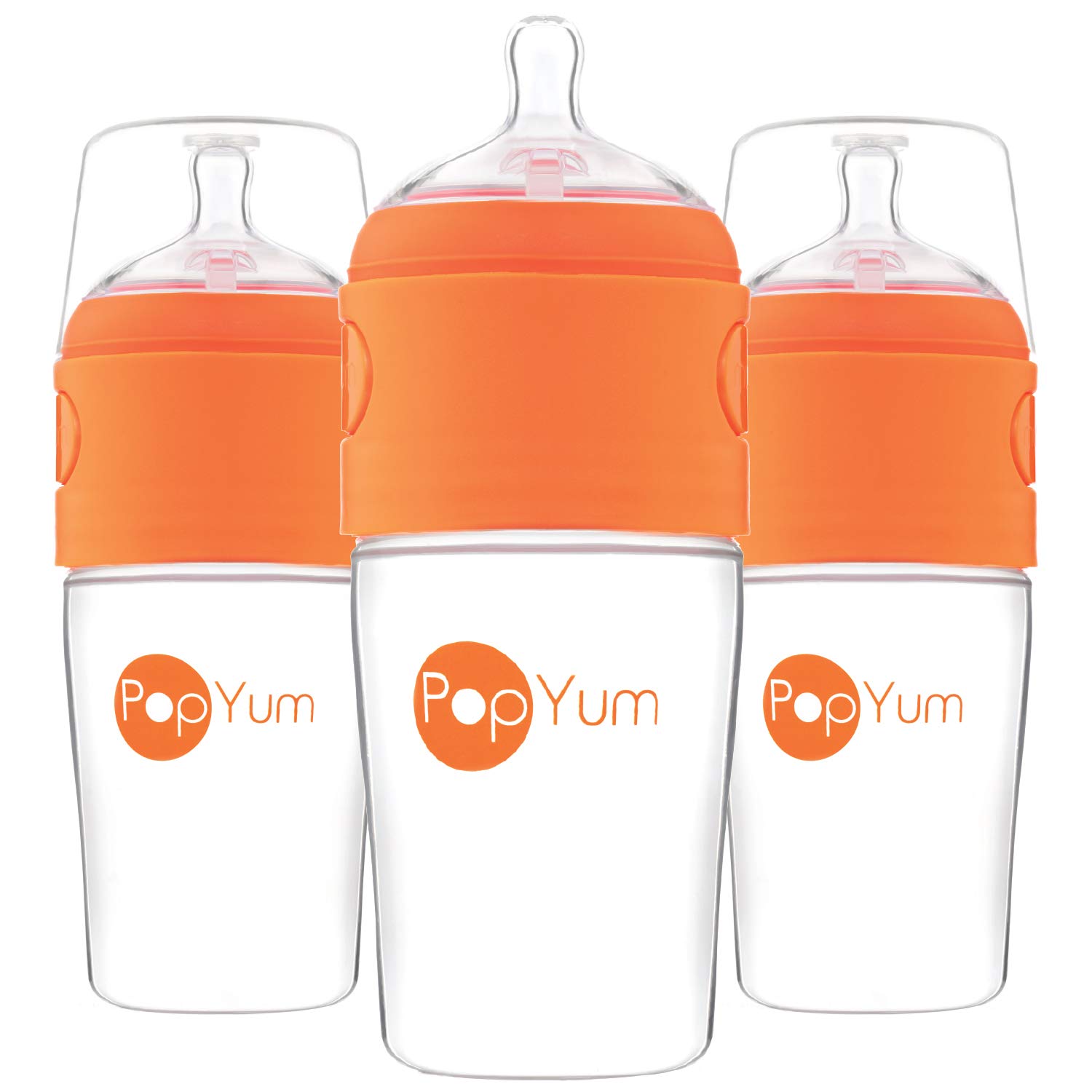
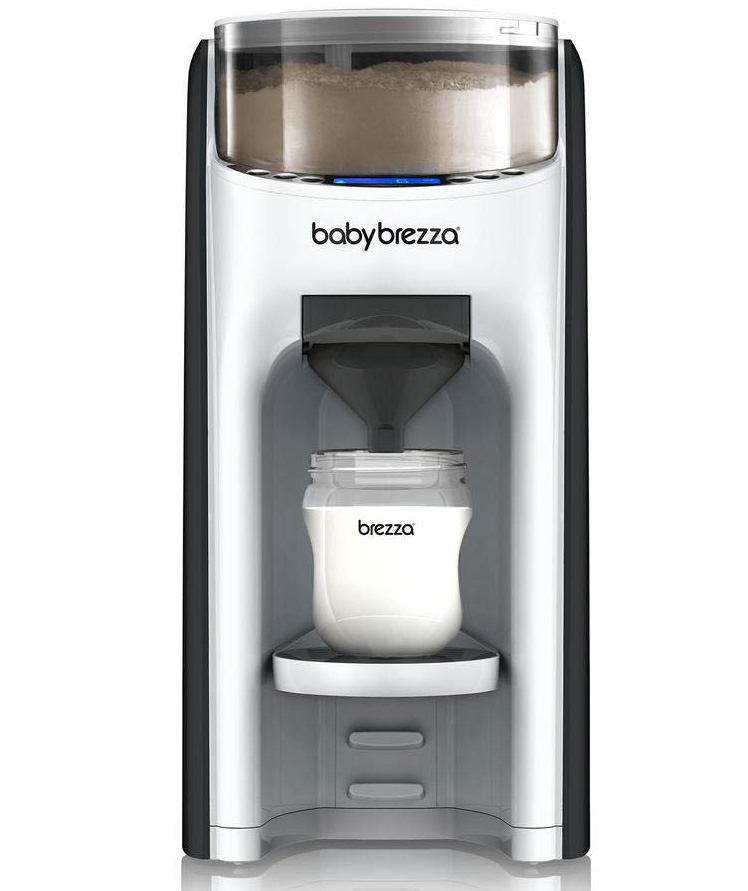
There you have it! The proper way to prepare formula. Happy feeding!













